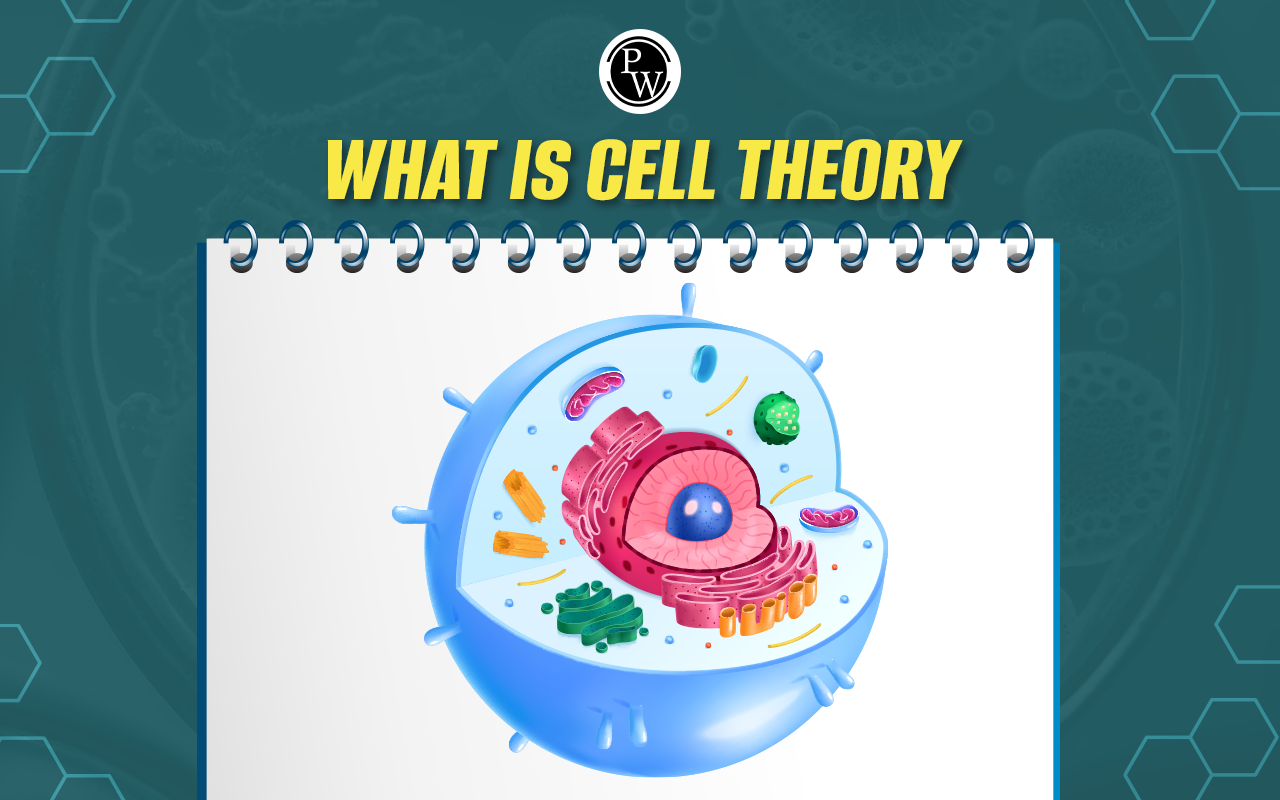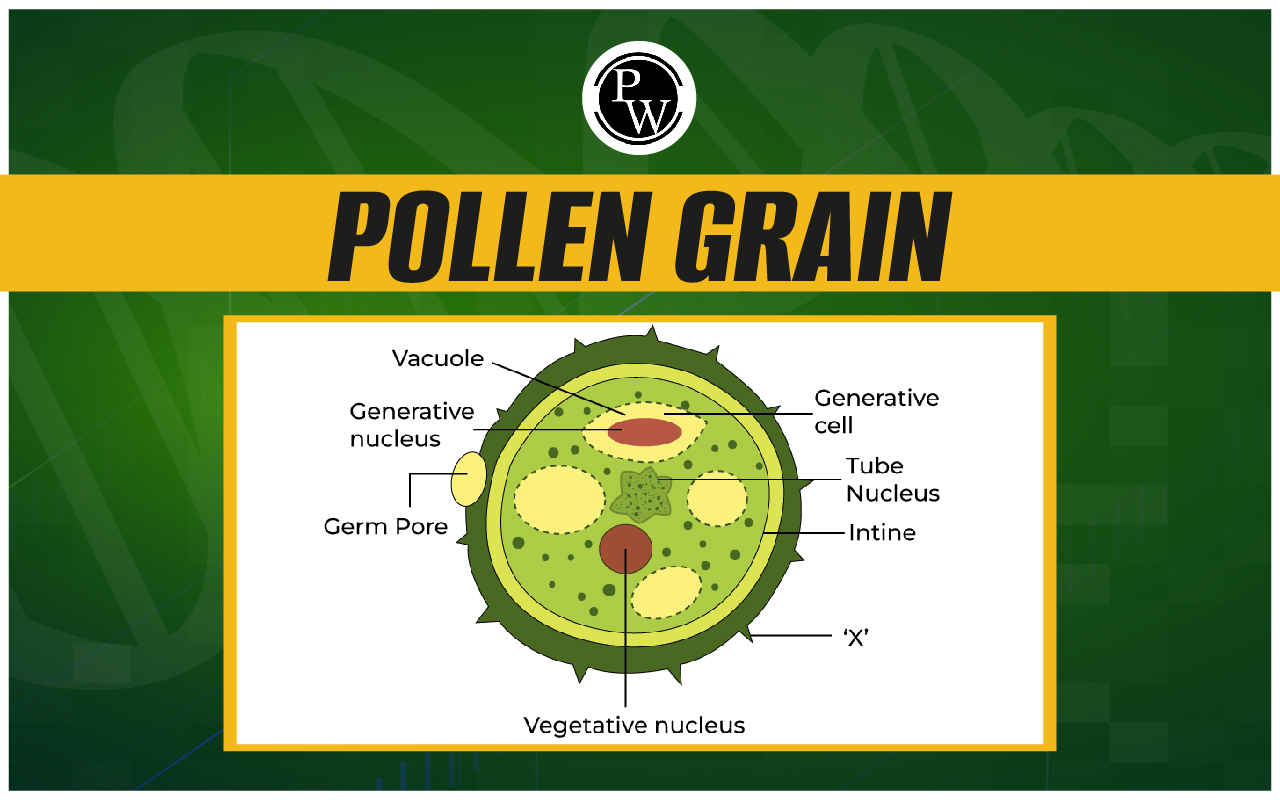
Chemical Equilibrium Formulas : Chemical equilibrium is a fundamental concept in NEET chemistry, it is an important topic from the NEET 2025 syllabus and refers to the state where the rates of forward and reverse reactions in a chemical system are balanced, resulting in no net change in concentrations over time.
Chemical Equilibrium Formulas show the dynamic balance that occurs when the forward and reverse reactions occur at the same rate, establishing a stable state. In chemistry, understanding chemical equilibrium is crucial as it is the foundation of various natural and industrial processes.Different Types of Reactions
- Reversible Reactions - A reversible reaction is when the things you started with can turn into new stuff and vice versa. It's like a seesaw - sometimes one side is up, and sometimes the other.
- At some point, they balance out, and you have a mix of both. An example is when a weak acid splits into ions, like vinegar turning into ions of vinegar and hydrogen.
- Irreversible Reactions - An irreversible reaction is like a one-way street. Once you start, you can't easily go back. In NEET chemistry, when substances react and form something new, and it doesn't easily go back to how it was, that's an irreversible reaction.
- For example, when hydrogen and oxygen make water, you can't easily turn water back into hydrogen and oxygen.
Chemical Equilibrium Formulas
Chemical equilibrium formulas are like math rules that help us understand how chemicals behave in a balanced way. They show how much of the starting stuff turns into other things and vice versa. The formulas, like the equilibrium constant (Kc or Kp), acid strength (Ka), and base strength (Kb), give us numbers to tell how things are spread out at the end of a reaction. Knowing Chemical Equilibrium Formulas helps us to figure out what happens in reactions, how strong certain chemicals are, and how temperature affects them. Check out the key formulas of Chemical Equilibrium given below.Law of Chemical Equilibrium or Mass Action
 The law states that at a given temperature, the product of the concentrations of the products raised to their stoichiometric coefficients divided by the product of the concentrations of the reactants raised to their respective coefficients is a constant.
The law states that at a given temperature, the product of the concentrations of the products raised to their stoichiometric coefficients divided by the product of the concentrations of the reactants raised to their respective coefficients is a constant.
Equilibrium Constant for Partial Pressure
 This formula expresses the equilibrium constant in terms of the partial pressures of gases instead of concentrations. It's applicable when dealing with gas-phase reactions.
This formula expresses the equilibrium constant in terms of the partial pressures of gases instead of concentrations. It's applicable when dealing with gas-phase reactions.
Equilibrium Constant in terms of Mole Fraction
 Similar to K p , this formula expresses the equilibrium constant in terms of mole fractions instead of concentrations. It's useful for gas-phase reactions.
Similar to K p , this formula expresses the equilibrium constant in terms of mole fractions instead of concentrations. It's useful for gas-phase reactions.
Relation Between Kp and Kc
Kp = Kc (RT) Δn
This equation relates the equilibrium constants K p and K c for a reaction, where Δn is the change in the number of moles of gases on both sides of the balanced equation.Relation Between Equilibrium Constant and Standard Free Energy
ΔG o = – RT ln Keq
(or)
ΔG o = – 2.303RT log Keq
This equation relates the standard free energy change (ΔG) to the equilibrium constant (K) at a specific temperature.
Reaction Quotient (Q)
 The reaction quotient is similar to the equilibrium constant, but it can be calculated at any point in a reaction, not just at equilibrium.
The reaction quotient is similar to the equilibrium constant, but it can be calculated at any point in a reaction, not just at equilibrium.
Degree of Dissociation
 The degree of dissociation (α) represents the fraction of molecules that have dissociated into ions in a reversible reaction.
The degree of dissociation (α) represents the fraction of molecules that have dissociated into ions in a reversible reaction.
Thermodynamics of Equilibrium
Van’t Hoff Equation = 
(or)
 This equation links the change in free energy (ΔG) with the standard free energy change (ΔG) and the reaction quotient (Q).
This equation links the change in free energy (ΔG) with the standard free energy change (ΔG) and the reaction quotient (Q).
Factors Affecting Chemical Equilibrium
Several factors can influence chemical equilibrium, determining the position and characteristics of a reaction at equilibrium. Here are the key factors that may affect chemical equilibrium.- Concentration of Reactants and Products - Changing the initial concentrations of reactants or products can shift the equilibrium position. An increase in reactant concentration or a decrease in product concentration favors the forward reaction, and vice versa.
- Temperature - Altering the temperature can influence the equilibrium position. For exothermic reactions (release heat), an increase in temperature favors the reverse reaction, while for endothermic reactions (absorb heat), it favors the forward reaction.
- Pressure (for Gaseous Reactions) - Changing the pressure can impact the equilibrium of reactions involving gases. According to Le Chatelier's principle, if the number of moles of gas changes, the system adjusts to counteract the change.
- Catalysts - Catalysts do not change the position of equilibrium but can affect the speed at which equilibrium is achieved. They facilitate both the forward and reverse reactions, reducing the time needed to reach equilibrium.
- Volume (for Gaseous Reactions) - Changes in volume influence equilibrium only for reactions involving gases. If the volume decreases, the system shifts to the side with fewer moles of gas, and vice versa.
- Presence of Inert Gases - Adding inert gases (those that do not participate in the reaction) at constant volume does not affect the equilibrium position. However, if the volume changes, it can alter the concentration of reacting species.
- Nature of Reactants - The type of reaction and the specific chemical species involved can influence equilibrium. Different reactions may respond differently to changes in factors like concentration or temperature.
|
NEET Important Formulas for 2025 |
|
|---|---|
Chemical Equilibrium Formulas FAQs
What is the formula of equilibrium in chemistry?
The general formula for an equilibrium reaction is represented as:
aA + bB ⇌ cC + dD
Here, A and B are reactants, C and D are products, and 'a', 'b', 'c', and 'd' are the stoichiometric coefficients.
What is the equilibrium formula example?
An example of an equilibrium reaction is the ionization of acetic acid in water:
CH₃COOH ⇌ CH₃COO⁻ + H⁺
This equation illustrates the dynamic balance between the undissociated acid and its dissociated ions in a solution.
What is the chemical equilibrium law?
The chemical equilibrium law is based on the Law of Mass Action. For a reaction aA + bB ⇌ cC + dD, the equilibrium constant (Kc) is given by:
Kc = [C]ᶜ[D]ᵈ / [A]ᵃ[B]ᵇ
The law states that at a given temperature, the product of the concentrations of products divided by the product of the concentrations of reactants is a constant.
What is chemical equilibrium Class 11 physics?
Chemical equilibrium is not typically a topic covered in Class 11 physics. It is, however, a part of Class 11 chemistry curriculum. In physics, topics related to equilibrium often refer to mechanical or static equilibrium, where forces and torques are balanced.
What are the 3 types of equilibrium in chemistry?
The three main types of equilibrium in chemistry are:
Static Equilibrium: No net movement or change.
Dynamic Equilibrium: Rates of the forward and reverse reactions are equal, resulting in a stable state.
Thermal Equilibrium: Systems at the same temperature, with no net flow of heat between them.
🔥 Trending Blogs
Talk to a counsellorHave doubts? Our support team will be happy to assist you!

Check out these Related Articles
Free Learning Resources
PW Books
Notes (Class 10-12)
PW Study Materials
Notes (Class 6-9)
Ncert Solutions
Govt Exams
Class 6th to 12th Online Courses
Govt Job Exams Courses
UPSC Coaching
Defence Exam Coaching
Gate Exam Coaching
Other Exams
Know about Physics Wallah
Physics Wallah is an Indian edtech platform that provides accessible & comprehensive learning experiences to students from Class 6th to postgraduate level. We also provide extensive NCERT solutions, sample paper, NEET, JEE Mains, BITSAT previous year papers & more such resources to students. Physics Wallah also caters to over 3.5 million registered students and over 78 lakh+ Youtube subscribers with 4.8 rating on its app.
We Stand Out because
We provide students with intensive courses with India’s qualified & experienced faculties & mentors. PW strives to make the learning experience comprehensive and accessible for students of all sections of society. We believe in empowering every single student who couldn't dream of a good career in engineering and medical field earlier.
Our Key Focus Areas
Physics Wallah's main focus is to make the learning experience as economical as possible for all students. With our affordable courses like Lakshya, Udaan and Arjuna and many others, we have been able to provide a platform for lakhs of aspirants. From providing Chemistry, Maths, Physics formula to giving e-books of eminent authors like RD Sharma, RS Aggarwal and Lakhmir Singh, PW focuses on every single student's need for preparation.
What Makes Us Different
Physics Wallah strives to develop a comprehensive pedagogical structure for students, where they get a state-of-the-art learning experience with study material and resources. Apart from catering students preparing for JEE Mains and NEET, PW also provides study material for each state board like Uttar Pradesh, Bihar, and others
Copyright © 2025 Physicswallah Limited All rights reserved.
Get App









